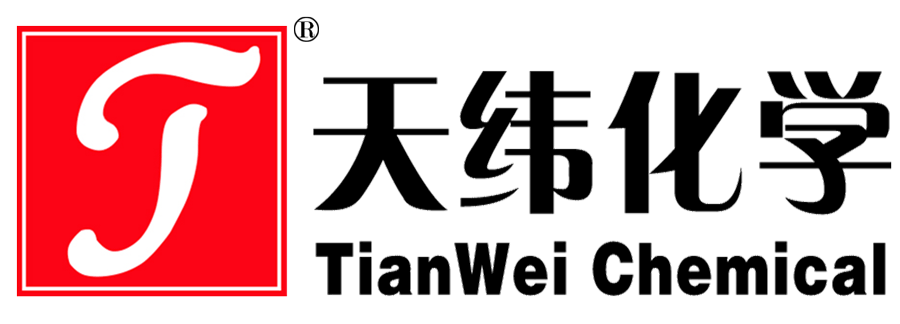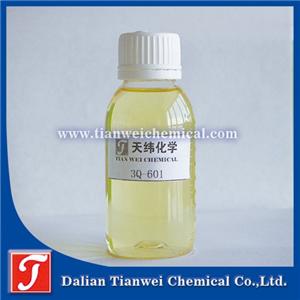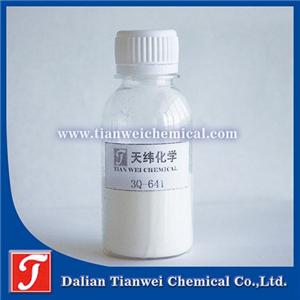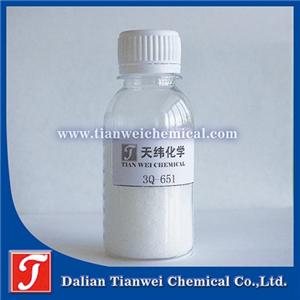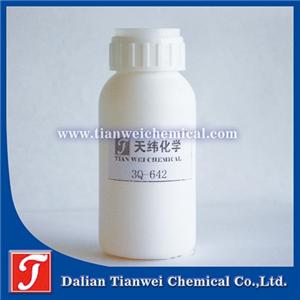Application of antibacterial agents in building materials industry
With the increasing attention to the health quality of living and working environment, the application of antibacterial agents in building materials industry has gradually become an important research field. The application of antibacterial agents in building materials not only helps to improve the hygiene level of the indoor environment, but also effectively reduces the growth of bacteria and provides people with a healthier and safer living space.
First, the main application forms of antibacterial agents in building materials
Antibacterial coating
Antibacterial coating is one of the most widely used antibacterial products in the field of building materials. By adding antibacterial agents to the paint, the paint can be given the ability to kill or inhibit the growth of bacteria. This paint is widely used in hospitals, schools, kindergartens, homes and other places that require high hygiene standards. For example, the use of antibacterial coatings in hospital wards, operating rooms, corridors and other areas can effectively reduce the risk of cross-infection.
Antibacterial tile
Antibacterial tiles are made by adding antibacterial agents to the tile glaze or billet. This tile not only has beautiful, durable characteristics, but also has excellent antibacterial properties. In the bathroom, kitchen and other humid and easy to breed bacteria environment, the use of antibacterial tiles can effectively reduce the growth of bacteria, keep the space clean and sanitary. In addition, antibacterial tiles are also suitable for hospitals, food processing plants and other places that require high hygiene standards.
Antibacterial glass
Antibacterial glass is made by coating the surface of the glass with an antibacterial film or adding antibacterial agents. This kind of glass not only has the characteristics of transparency and beauty, but also has excellent antibacterial properties. In home decoration, antibacterial glass can be used for doors, Windows, partitions and other areas such as kitchens and bathrooms. In addition, the antibacterial glass is also suitable for hospitals, laboratories and other places that require high cleanliness.
Antibacterial floor
Antibacterial flooring is made by adding antibacterial agents to the flooring material. This kind of floor not only has the characteristics of wear-resistant, easy to clean, but also has excellent antibacterial properties. In home decoration, antibacterial floors can be used in living rooms, bedrooms and other areas. In addition, the antibacterial floor is also suitable for kindergartens, schools, nursing homes and other public places that need to be kept clean and hygienic.
Antibacterial wallpaper
Antibacterial wallpaper is a kind of wallpaper with bactericidal and mildew proof function. This kind of wallpaper has good air permeability, does not affect the wall "breathing", and makes the indoor air natural and unobstructed. At the same time, antibacterial wallpaper also has waterproof, moisture-proof, mildew, sterilization and other functions, suitable for families, hospitals, schools and other places that need to keep the indoor environment clean and sanitary.
Antibacterial ceramic products
Antibacterial ceramic products include antibacterial toilet, antibacterial bathtub, antibacterial wash basin and so on. These products, by adding antibacterial agents, can kill or inhibit bacterial growth and effectively prevent cross infection. In hospitals, hotels, families and other places, the use of antibacterial ceramic products can improve the level of hygiene and protect people's health.
Second, the main types of antimicrobials
The antibacterial agents used in the building materials industry are mainly divided into three categories: natural antibacterial materials, organic antibacterial materials and inorganic antibacterial materials.
Natural antibacterial material
The natural antibacterial materials mainly include chitin, chitosan and insect antibacterial protein extracted from animals. And antibacterial ingredients extracted from bamboo, juniper cypress, mugwort, aloe vera, tea and other plants. Common are chitosan, potassium sorbate, tea polyphenols and so on. Due to limited sources, these antibacterial materials are generally used in food, medical, textile, cosmetics and other products.
Organic antibacterial and mildew resistant material
There are more than 500 kinds of organic antimicrobials, which can be divided into fungicides, preservatives and anti-mildew and anti-algae agents according to their use. Fungicides are antibacterial agents that can effectively kill microorganisms, mainly including quaternary ammonium salts, ethanol, biguanides, etc. Preservatives are antibacterial agents that can prevent and slow down the deterioration of organic matter, including formaldehyde, organohalogen compounds and organometallic compounds. Anti-mildew anti-algal agent refers to the antibacterial agent to prevent the deterioration of materials and objects from growing mildew and algae, mainly pyridine, imidazole, alkane halide and iodide. However, organic antibacterial and mildew resistant materials have obvious antibacterial and mildew resistant effects, but because of their toxicity, easy to produce drug resistance and poor long-term performance, there are limitations in their use.
Inorganic antibacterial material
Compared with organic antibacterial agents, inorganic antibacterial materials have the advantages of long acting, no resistance, heat resistance and so on. In the past 30 years, inorganic antibacterial materials have been widely developed and applied, which can be divided into nano-photocatalytic type and metal ion metal oxide according to antibacterial mechanism. Nano-photocatalytic inorganic antibacterial agents generally include nano-tio2, nano-zno materials; Metal ions or metal oxide type inorganic antibacterial materials generally use metal ions or metal oxides with strong antibacterial effect, and use adsorption or ion exchange methods to support inorganic antibacterial materials formed on silicate, phosphate, glass and other carriers. Ag, Cu and Zn are the most studied metal antibacterial materials, among which Ag has been widely used in many industries and is recognized as the inorganic antibacterial material with good antibacterial effect.
Third, the significance of antibacterial agent application in building materials industry
The application of antibacterial agents in building materials industry is of great significance for improving the hygienic quality of indoor environment and reducing the growth of bacteria. By using antibacterial building materials, the risk of cross-infection can be effectively reduced, providing people with a healthier and safer living and working environment. At the same time, with the improvement of health and environmental protection requirements, the application field of antimicrobial agents will be further expanded to more areas, bringing more convenience and protection to people's lives.
